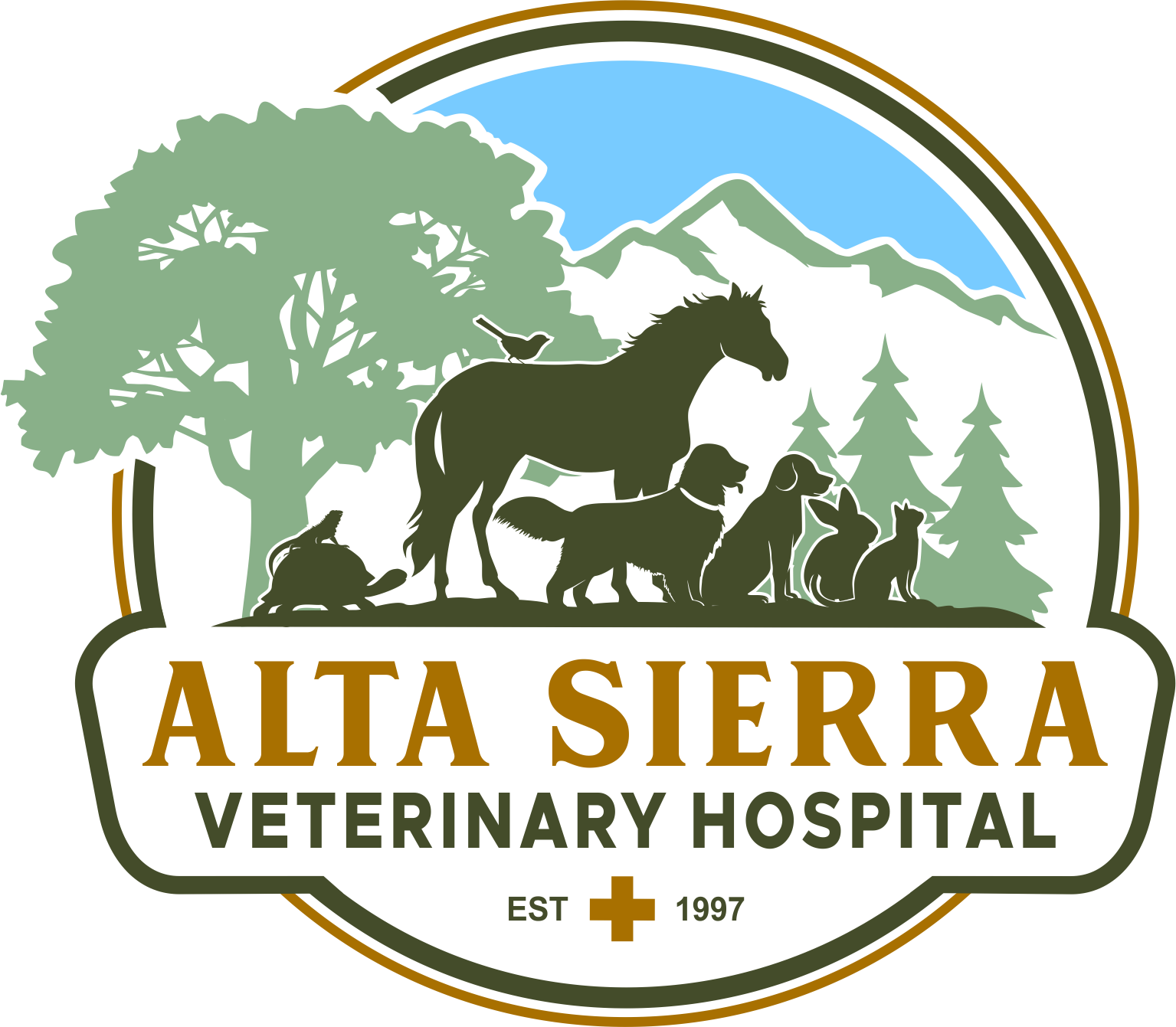Library
-
Transdermal means the application of a medicine or drug through the skin, where it is absorbed into the bloodstream. Relatively few drugs are currently available for transdermal application. The biggest risk with a transdermal medication is that it could be insufficiently absorbed, resulting in inadequate drug levels and treatment. The inside of the outer ear flap (not inside the ear canal) is an excellent area to apply transdermal medications. After you have administered the medication, try to distract your pet from scratching or rubbing the ear for a few minutes by feeding your pet, taking your pet for a walk, or playing together immediately afterward. If your pet is prescribed a transdermal medication patch, your veterinarian will often shave an area to affix the patch.
-
Traveling with your pet can be fun and safe if you plan in advance by finding a pet-friendly hotel. Knowing what you want in a hotel and what the hotel wants from you can simplify the process. And preparing in advance with your pet in mind can make the trip more enjoyable for you and your furry travel companion.
-
Trazodone oral tablets are commonly used off label to treat short-term anxieties or as an adjunctive treatment for behavioral disorders in dogs and cats. Side effects may include sedation, behavior changes, vomiting, and priapism. Patients with heart, kidney, or liver disease or closed angle glaucoma should use this medication with caution.
-
Triamcinolone acetonide is given by mouth or injection and is used on and off label in dogs, cats, and horses to treat Addison’s disease, inflammatory conditions, and immune-mediated diseases, among others. Give as directed.
-
Triamcinolone acetonide otic is a corticosteroid used to treat inflammation in the ears of cats and dogs. It may be specially compounded and/or combined into a formulation with other medications. Its use may be off label depending on product formulation and species. Triamcinolone otic comes in liquid drops, ointment, cream, and gel forms.
-
Triamcinolone acetonide topical (brand names Genesis®, Vetalog®, others) is a corticosteroid used to treat itching, skin irritation, and rashes in dogs. It may be specially compounded and/or combined into a formulation with other medications. It is used off label in other species. Triamcinolone topical comes in cream and spray forms.
-
Trifluridine is an antiviral topical medication used to treat viral infections of the eye, such as herpesvirus-1 in cats. Give as directed. Side effects include eye irritation. Do not use in pets with an allergy to this medication. If a negative reaction occurs, please call the veterinary office.
-
Trilostane is a treatment for hyperadrenocorticism (Cushing’s Disease) and alopecia X. It is given by mouth as a capsule, with food. Common side effects include lethargy, vomiting, diarrhea, and anorexia. It is contraindicated in liver or kidney disease and pregnant animals.
-
Trimeprazine tartrate and prednisolone combination is given by mouth and is used on and off label to treat itchiness and cough in cats and dogs. Give as directed.
-
Triple antibiotic ophthalmic with hydrocortisone, also known as neomycin and polymyxin B with bacitracin and hydrocortisone (brand names Trioptic-S®, Vetropolycin®) is a combination antimicrobial medication with a steroid (hydrocortisone) used to treat certain types of bacterial infections. It is used to treat eye infections and inflammation of the eye surrounding the eye in cats, dogs, and other animals.

